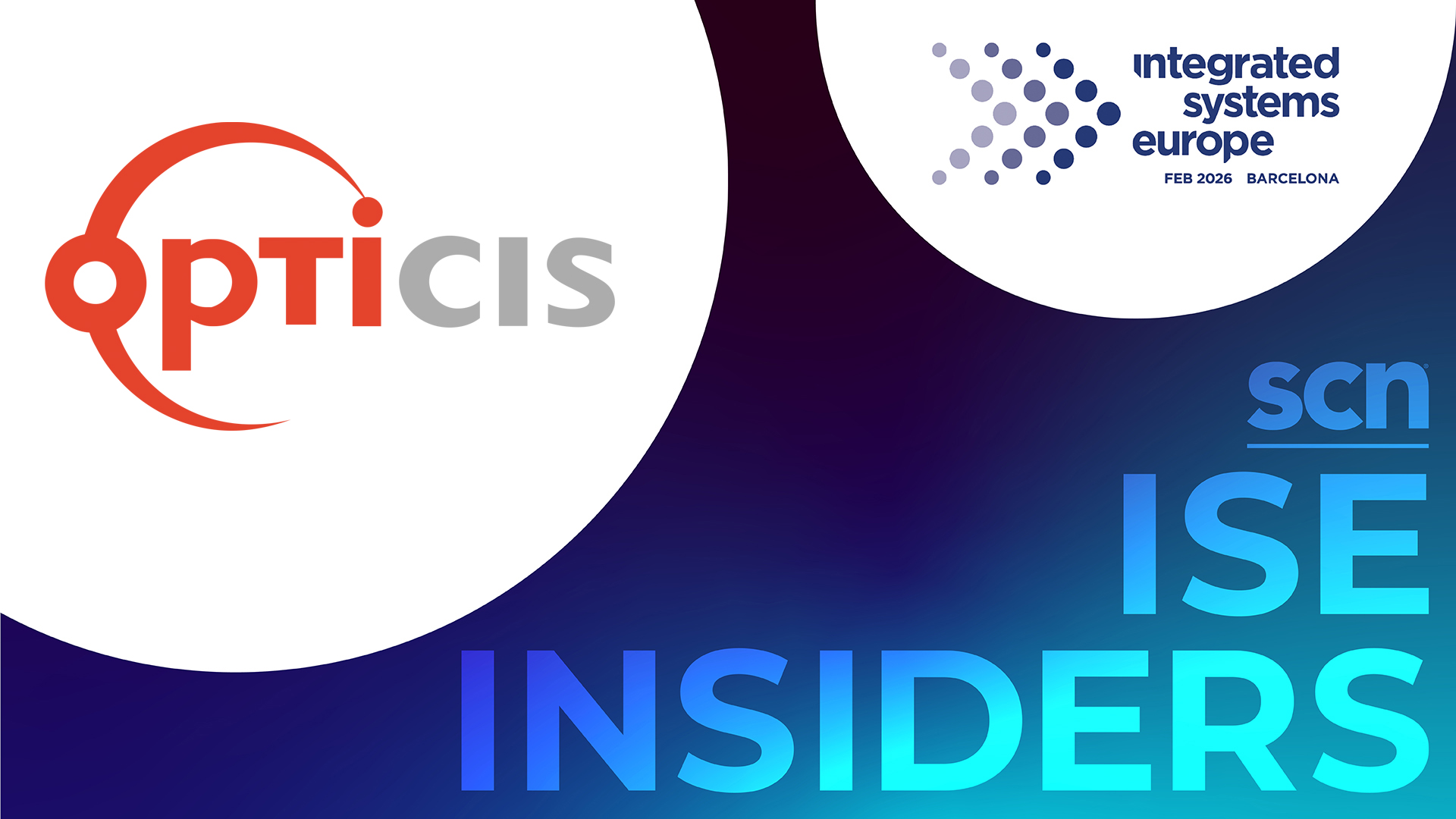AVB: Biamp’s Smart Move
In a recent AV industry blog, a writer stated that Biamp made a “misstep" when it chose AVB over Dante as a primary method of audio transport in their TesiraFORTÉ product line. The blog stated that the recent decision to add Dante would allow them to compete in smaller rooms with third-party endpoints. The second assertion may be true. I don’t purport to be an audio expert. However, I do pay attention when someone promotes a proprietary, licensed technology standard over one that comes from an industry standards group. This is of particular concern if the standards group is an organization like the IEEE (Institute of Electrical and Electronic Engineers.)
Proprietary standards raise several troublesome questions. First, licensing that is controlled by a private company may not be available if the company fails, is acquired, or if it later abandons the technology in favor of a better solution.
Second, very large network-related companies, such as Cisco, Google, and Microsoft, like proprietary standards if they develop them. I can’t imagine Cisco endorsing Dante, and they dominate the Ethernet switch market. You say you don’t expect Cisco to ever enter the audio market? Not very long ago, people thought they wouldn’t be involved in voice, video conferencing, or video surveillance. Also, these same companies have a long history of supporting IEEE standards.
As far as using third-party endpoints, nothing can come close to the number and variety of endpoints that can connect to IEEE 802.3 (Ethernet) and IEEE 802.11 (Wi-Fi) networks. Open standards such as those from IEEE and TIA (Telecommunications Standards Association) nearly guarantee interoperability.
Additionally, there is the issue of who develops and ratifies a standard. IEEE standards are generally considered gold standard guidelines. Consider Ethernet which was first ratified in 1982—that’s 35 years ago. It has been completely revised to deal with twisted pair cabling, fiber optic cabling, and speeds of 100 megabit, 1 gigabit, 10 gigabit and 40 gigabit. Over the decades, in each case, the new versions were completely compatible with the previous standards. I can think of no proprietary standard for transporting data that has enjoyed such broad support for more than 30 years.
History also teaches us to be cautious of proprietary standards. The year that Ethernet was ratified, the dominant LAN technology was Arcnet. Ever heard of it? Ethernet made it vanish in just a few years.
I am not completely opposed to proprietary standards. They are sometimes necessary to address a need when no open standard is available to meet the need. That happened with both Ethernet and Wi-Fi. But, in my opinion, such proprietary standards should be treated as stop-gap measures and not permanent solutions. Already we have seen the understanding of AVB expand to more accurately include the Time Sensitive Network (TSN) movement. Expected to have broad applicability, TSN will appear in cars, planes, appliances, and other devices. Should we expect to take the phone call in the car that uses TSN as the standard for Ethernet and then hand off to the Dante speakers? I doubt it.
A daily selection of features, industry news, and analysis for AV/IT professionals. Sign up below.
The AV industry has been bogged down for too many years with proprietary standards. When I look at the back of a desktop computer I see one Ethernet connection and up to six AV connections. Will I always need all these connectors to get my audio and video in and out of my device? I don’t hear users saying, “Which data connector should we be using?”
Phil Hippensteel, PhD, is a contributor to AV Technology magazine. He teaches information systems technology at Penn State Harrisburg.AV OPINIONS: WHAT'S YOUR TAKE? Do you have a contrasting opinion? We'd love to hear from you. Please join in the conversation at the AV/IT Leadership Summit in San Diego, and tweet us your take @AVTechnologyMag. We welcome blogs on all aspects of ProAV/IT, including networked AV and industry standards.
